Home>Garden Essentials>How Long Does It Take For Dahlia Bulbs To Germinate In Pots
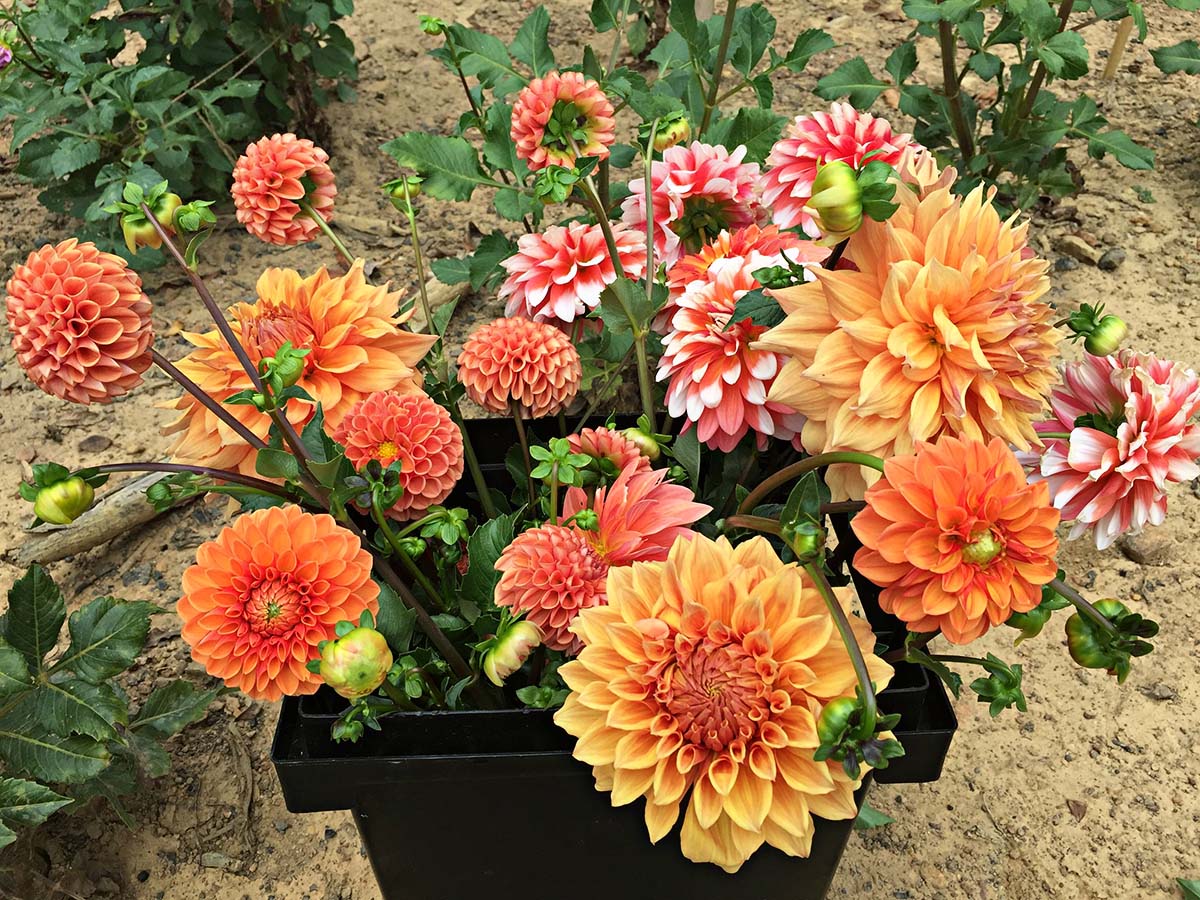

Garden Essentials
How Long Does It Take For Dahlia Bulbs To Germinate In Pots
Modified: March 15, 2024
Discover how long it takes for Dahlia bulbs to germinate in pots and master the art of gardening in your backyard garden.
(Many of the links in this article redirect to a specific reviewed product. Your purchase of these products through affiliate links helps to generate commission for Storables.com, at no extra cost. Learn more)
Introduction
Dahlias are beautiful and vibrant flowers that can add a burst of color to any garden or outdoor space. They come in various shapes, sizes, and colors, making them a popular choice among garden enthusiasts. While dahlia plants can be grown from seeds, many gardeners prefer to start with dahlia bulbs for easier and quicker results.
One common question among gardeners is how long it takes for dahlia bulbs to germinate when planted in pots. Germination is the process by which a seed or bulb begins to grow into a new plant. In the case of dahlia bulbs, it refers to the time it takes for the bulb to sprout and develop shoots above the soil surface.
The germination period for dahlia bulbs can vary depending on several factors, including the variety of dahlia, environmental conditions, and the quality of the bulb itself. In general, it can take anywhere from 2 to 4 weeks for dahlia bulbs to germinate in pots.
In this article, we will explore the various factors that can affect the germination process of dahlia bulbs in pots. We will also provide tips and guidelines on selecting and preparing pots, choosing the right bulbs, planting them properly, and providing optimal growing conditions to ensure successful germination. Additionally, we will discuss how to care for the bulbs during the germination period, monitor their progress, troubleshoot germination issues, and eventually harvest and transplant the dahlia bulbs.
By following the steps and guidance outlined in this article, you will be able to maximize the chances of successful germination and enjoy the beauty of dahlia flowers in your garden or patio.
Key Takeaways:
- It takes 2 to 4 weeks for dahlia bulbs to sprout in pots. Factors like temperature, moisture, and bulb quality affect germination. Proper care and monitoring are crucial for successful growth.
- Selecting the right pots, preparing the soil, and choosing healthy bulbs are essential for dahlia germination. Patience, observation, and troubleshooting can help overcome germination challenges.
Factors Affecting Dahlia Bulb Germination
Several factors can influence the germination process of dahlia bulbs when planted in pots. Understanding these factors and taking them into consideration can significantly improve the success rate of germination.
1. Temperature: Dahlia bulbs require warm soil temperatures to initiate germination. Ideally, the soil temperature should be around 70 to 75 degrees Fahrenheit (21 to 24 degrees Celsius). Lower temperatures may delay germination, while higher temperatures can be detrimental to the bulbs.
2. Moisture: Adequate moisture is crucial for bulb germination. The soil should be consistently moist, but not waterlogged, throughout the germination period. Dry or excessively wet soil can hinder germination and lead to bulb rot.
3. Light: Unlike some seeds, dahlia bulbs do not require light to germinate. In fact, they prefer a dark and cozy environment. Placing a cover or a layer of soil over the planted bulbs can help create the desired darkness.
4. Soil Quality: Good soil quality is essential for bulb germination. Ensure that the potting mix used is well-draining and rich in organic matter. A light and loose soil mix will allow the bulbs to establish root systems and promote healthy germination.
5. Bulb Quality: The quality and health of the dahlia bulbs play a vital role in germination success. Choose firm and plump bulbs without any signs of rot, mold, or damage. Healthy bulbs have a higher chance of successful germination.
6. Variety: Different varieties of dahlia may have varying germination requirements. Some varieties may have a shorter germination period, while others may take longer. Research the specific germination needs of the dahlia variety you have chosen.
7. Time of Planting: The timing of planting the bulbs can impact the germination process. For optimum results, it is recommended to plant dahlia bulbs in pots a few weeks before the last frost date in your area. This will give them ample time to germinate and develop before transplanting them into the garden.
By considering these factors and providing the necessary conditions, you can greatly increase the chances of successful germination and ensure a healthy start for your dahlia bulbs.
Selecting and Preparing Pots for Germination
The choice of pots for germinating dahlia bulbs is a crucial step that can impact the overall success of the germination process. Here are some important factors to consider when selecting and preparing pots:
1. Size: Choose pots that provide enough space for the dahlia bulbs to grow and develop. A general guideline is to select pots that are at least 8 to 10 inches (20 to 25 centimeters) in diameter. This will allow sufficient room for the root system to expand.
2. Drainage: Ensure that the pots have proper drainage holes at the bottom. Good drainage is essential to prevent waterlogging and the risk of bulb rot. If the pots you choose do not have drainage holes, you can create them by drilling or poking holes in the bottom.
3. Material: Consider the material of the pots. Options include clay, ceramic, plastic, or fabric pots. Each material has its pros and cons, so choose one that suits your preferences and the specific needs of your dahlia bulbs.
4. Sterilization: Before using the pots for germination, it is recommended to sterilize them. This helps eliminate any potential pathogens or diseases that can harm the bulbs. You can sterilize pots by washing them with a diluted bleach solution or by using a commercial disinfectant.
5. Filler Material: To improve drainage and airflow, you can add a layer of coarse material at the bottom of the pots. This can be gravel, small rocks, or broken pottery pieces. This layer will prevent the soil from becoming compacted and ensure proper drainage.
6. Potting Mix: Use a high-quality potting mix that is well-draining and rich in organic matter. Avoid heavy garden soil, as it can become compacted and hinder bulb growth. A mix specifically formulated for container gardening or a mix of peat moss, perlite, and compost works well for dahlia bulbs.
Once you have selected the pots and prepared them, fill them with the potting mix, leaving some space at the top for planting the bulbs. Make sure the pots are positioned in a location that receives adequate sunlight and provides a suitable growing environment for dahlia bulbs.
By carefully selecting and preparing the pots, you set the foundation for successful germination and healthy growth of your dahlia bulbs. The right pots will provide the necessary space, drainage, and aeration for the bulbs to thrive and develop into beautiful dahlia plants.
Choosing the Right Dahlia Bulbs for Pots
When it comes to choosing dahlia bulbs for germination in pots, there are a few key factors to consider. Selecting the right bulbs will not only increase the chances of successful germination but also ensure healthy growth and vibrant blooms. Here are some tips for choosing the right dahlia bulbs:
1. Bulb Size: Look for bulbs that are of a suitable size for pot cultivation. Smaller bulbs are generally more suitable for pots as they will have enough space to grow and develop properly.
2. Healthy Bulbs: Inspect the bulbs carefully to ensure they are firm, plump, and free from any signs of damage, decay, or disease. Healthy bulbs have a higher chance of successful germination.
3. Bulb Type: Dahlia bulbs come in various types, including decorative, cactus, pompon, and ball-shaped varieties. Choose bulbs that correspond to your desired flower type and appearance. Consider factors such as color, size, and shape to match your aesthetic preferences.
4. Bulb Variety: Different dahlia varieties have different growing requirements and characteristics. Some may be more suitable for pot cultivation due to their smaller size or growth habit. Research the specific requirements of the dahlia variety you are interested in and ensure it is suitable for growing in pots.
5. Disease Resistance: Some dahlia varieties are more resistant to diseases and pests than others. Look for bulbs labeled as disease-resistant, as this can help ensure the health and longevity of your plants.
6. Supplier Reputation: Purchase dahlia bulbs from reputable suppliers or nurseries. This ensures that you are getting high-quality bulbs that have been properly stored and cared for. Reputable suppliers also provide information and support regarding the specific variety and its germination requirements.
7. Consider Pre-Sprouted Bulbs: If you want to speed up the germination process, you can choose pre-sprouted or “green” bulbs. These bulbs have already started to develop shoots and can be horticulturally advanced, saving you time and ensuring quicker growth.
Remember to label the bulbs or keep a record of the variety and planting date for future reference. This will help you track the progress of the bulbs and take appropriate care measures during the germination and growing period.
By selecting the right dahlia bulbs for your pots, you set the stage for successful germination and the healthy growth of your plants. Choose bulbs that are of suitable size, health, and variety, and source them from reliable suppliers for the best results.
Planting Dahlia Bulbs in Pots
Proper planting of dahlia bulbs in pots is essential to ensure successful germination and healthy growth. Follow these steps to plant your dahlia bulbs correctly:
1. Prepare the Pot: Fill the pot with a well-draining potting mix, leaving a few inches of space from the top. This will provide enough room for watering and accommodate the growth of the bulbs.
2. Position the Bulbs: Place the dahlia bulbs on top of the potting mix, keeping a distance of about 6 to 8 inches between each bulb. Position them with the sprout or growing point facing upwards.
3. Cover the Bulbs: Gently cover the bulbs with more potting mix, ensuring that they are completely covered with a layer about 1 to 2 inches thick. Lightly press the soil to secure the bulbs in place.
4. Water the Pot: Give the pot a thorough watering, making sure the soil is evenly moist. Ensure that the water reaches all the way to the bottom of the pot, allowing it to saturate the soil and reach the bulbs.
5. Label and Support: It is helpful to label each pot with the variety of dahlia bulbs planted and the date of planting. Additionally, if you are growing taller varieties, provide a suitable support system, such as stakes or cages, to prevent the plants from toppling as they grow.
6. Place in Ideal Location: Position the pots in a location that receives ample sunlight, preferably 6 to 8 hours of direct sunlight per day. Avoid areas that are prone to strong winds or extreme temperature fluctuations, as these can stress the bulbs.
7. Monitor Moisture Levels: Keep an eye on the moisture levels in the pots throughout the germination period. The soil should be consistently moist, but not overly saturated. Water the pots whenever the top inch of soil feels dry to the touch.
By following these planting steps, you ensure that the dahlia bulbs are properly positioned, covered, and supported for successful germination. Be attentive to watering and provide the bulbs with the ideal conditions to encourage their growth.
Read more: How Long Does It Take For Mint To Germinate?
Providing Optimal Growing Conditions for Dahlia Bulbs
Creating the right growing conditions for dahlia bulbs is crucial for their successful germination and overall health. Here are some factors to consider when providing optimal conditions for your dahlia bulbs:
1. Sunlight: Dahlia bulbs thrive in full sun, which means they should receive at least 6 to 8 hours of direct sunlight per day. Place your pots in a location that gets ample sunlight to encourage strong growth.
2. Temperature: Dahlia bulbs prefer warm temperatures for optimal growth. The ideal temperature range for dahlia bulb germination is between 70 to 75 degrees Fahrenheit (21 to 24 degrees Celsius). Avoid exposing the bulbs to extreme heat or cold, as it can hinder their growth.
3. Watering: Proper watering is essential for the health of dahlia bulbs. Keep the soil consistently moist, but avoid overwatering, as it can lead to rot. Water the pots whenever the top inch of soil feels dry to the touch. Avoid getting the foliage or flowers wet, as this can encourage disease development.
4. Fertilization: Fertilize the dahlia bulbs with a balanced, water-soluble fertilizer once the shoots have emerged. Follow the manufacturer’s instructions for application rates and frequency. Fertilizing regularly will provide the necessary nutrients for healthy growth and abundant blooms.
5. Air Circulation: Good air circulation is crucial for preventing fungal diseases and promoting strong plant growth. Avoid overcrowding the pots and ensure there is sufficient space between plants. If necessary, use a fan or strategically position the pots to enhance air movement.
6. Support Structures: As the dahlia plants grow, they may require support to prevent them from toppling over. Install stakes or cages when necessary to provide support and maintain the upright growth of the plants.
7. Regular Maintenance: Regularly inspect the plants for any signs of pests or diseases. Remove any dead or damaged foliage and flowers to promote healthy growth. Monitor the moisture levels, nutrient uptake, and overall health of the plants throughout the growing season.
By providing the optimal growing conditions of sunlight, temperature, proper watering, fertilization, air circulation, support structures, and regular maintenance, you can ensure that your dahlia bulbs grow into thriving plants with vibrant blooms. Be attentive to their needs and make adjustments as necessary to maximize their growth and beauty.
Dahlia bulbs typically take 2-4 weeks to germinate in pots. Keep the soil consistently moist and place the pots in a warm, sunny location to encourage germination.
Caring for Dahlia Bulbs During Germination
During the germination period, dahlia bulbs require special care to ensure their successful growth and development. Here are some essential care tips to follow for your dahlia bulbs during the germination phase:
1. Watering: Keep the soil consistently moist but not waterlogged. Check the moisture levels regularly by gently pressing your finger into the soil. If the top inch feels dry, it’s time to water. Be careful not to overwater as it can lead to root rot.
2. Temperature: Maintain a warm and consistent temperature around the bulbs. Aim for temperatures between 70 to 75 degrees Fahrenheit (21 to 24 degrees Celsius). Avoid exposing the bulbs to extreme heat or cold, as it can hinder their germination and growth.
3. Light: Provide the bulbs with a dark and cozy environment. Cover the pots with a thin layer of soil or use a black plastic bag to shield them from light. This darkness encourages root development and prevents the bulbs from sprouting prematurely.
4. Air Circulation: Proper air circulation is essential to prevent fungal growth and promote healthy germination. Place the pots in an area with good airflow and avoid overcrowding them. If necessary, use a fan to improve air movement around the bulbs.
5. Pest and Disease Control: Monitor the bulbs closely for any signs of pests or diseases. Remove any pests manually and treat any diseases promptly. Applying organic pest and disease control methods can help protect the bulbs without harmful chemicals.
6. Support: As the bulbs begin to sprout and develop shoots, provide support if needed. Install stakes or cages around the plants to prevent them from bending or breaking under their own weight.
7. Patience: Remember that germination takes time, and dahlia bulbs can be slow to sprout. Be patient and wait for the bulbs to emerge. Avoid disturbing the soil unnecessarily, as it can disrupt the germination process.
By following these care tips, you provide the necessary conditions for dahlia bulbs to germinate successfully. Remember to adjust the care routine based on the specific needs of your dahlia variety and consult gardening resources or experts for additional guidance if needed.
Monitoring Germination Progress
Monitoring the germination progress of your dahlia bulbs is essential to ensure they are developing properly and to identify any potential issues early on. Here are some key steps for effectively monitoring the germination progress:
1. Record Keeping: Keep a record of the planting date, bulb variety, and any other relevant details. This will help you track the germination timeline and compare it to the average expected germination period for your specific dahlia variety.
2. Observation: Regularly observe the pots for any signs of bulb sprouting. Check for the emergence of shoots or green growth above the soil surface. This is an indication that the bulbs are successfully germinating.
3. Patience: Remember that germination can take time, and dahlia bulbs may have varying germination periods in different conditions. Be patient and give the bulbs sufficient time to sprout, usually within the timeframe indicated for the specific dahlia variety.
4. Inspecting Bulbs: Carefully inspect the bulbs to ensure they are healthy and free from any signs of rot, mold, or damage. If you notice any bulbs showing signs of deterioration or haven’t sprouted after the expected timeframe, it may be an indication of an issue that needs attention.
5. Moisture Levels: Monitor the moisture levels in the pots. Stick your finger into the soil to check if it feels moist but not overly saturated. Adjust your watering routine as necessary to maintain the ideal moisture balance for germination.
6. Taking Notes: Take notes on the progress of each pot and any observations you make. This can include dates of sprouting, growth rate, and any abnormalities or concerns. These notes will serve as a valuable reference for future planting and troubleshooting.
7. Seeking Expert Advice: If you have concerns about the germination progress or notice any unusual signs, it can be helpful to consult gardening experts, forums, or local nurseries. They can provide guidance and insights based on their expertise and experience.
By actively monitoring the germination progress of your dahlia bulbs, you can ensure that they are developing as expected and take appropriate actions if any issues arise. Regular observation, patience, and careful note-taking will contribute to a successful germination process and healthy growth of your dahlia plants.
Troubleshooting Germination Issues
While germinating dahlia bulbs in pots is generally straightforward, sometimes issues may arise that affect the germination process. Here are some common germination issues and their potential solutions:
1. Slow or No Sprouting: If your dahlia bulbs are not sprouting or are sprouting very slowly, it may be due to low soil temperature. Ensure that the pots are kept in a warm location with temperatures between 70 to 75 degrees Fahrenheit (21 to 24 degrees Celsius). Consider using a heating mat or propagator to provide consistent warmth.
2. Fungal Diseases: Fungal diseases can affect the germination and growth of dahlia bulbs. Overwatering or poor air circulation can contribute to fungal growth. Ensure that the pots have proper drainage and good airflow. You may need to reduce watering frequency or adjust the watering technique to avoid water sitting on the soil surface.
3. Bulb Rot: If you notice bulbs becoming mushy or showing signs of rot, it is likely due to excess moisture. Overwatering or poor drainage can lead to bulb rot. Adjust your watering routine to allow the soil to slightly dry out in between waterings and ensure proper drainage in the pots.
4. Lack of Sunlight: Insufficient sunlight can result in weak or stretched sprouts. Make sure the pots are placed in a location that receives at least 6 to 8 hours of direct sunlight each day. If sunlight is limited, consider using artificial lighting, such as grow lights, to supplement the natural light.
5. Poor Bulb Quality: In some cases, the issue may lie with the quality of the bulbs themselves. Poor quality or damaged bulbs may struggle to germinate. It is important to select high-quality bulbs from reputable suppliers to increase the chances of successful germination.
6. Pests: Some pests, such as slugs or snails, may target dahlia bulbs during the germination phase. If you notice signs of pest activity, take appropriate measures to control the pests, such as using traps, barriers, or organic pest control methods.
7. Environmental Factors: Extreme temperatures, strong winds, or sudden temperature fluctuations can affect the germination process. Protect the pots from these adverse conditions by moving them to a more sheltered location or using protective covers.
If you encounter any germination issues, it’s important to identify the cause and take corrective actions to improve the conditions. Adjust watering, temperature, sunlight exposure, and address any disease or pest issues promptly. With proper troubleshooting, you can increase the chances of successful germination and enjoy healthy dahlia plants.
Read more: How Long Does It Take Millet To Germinate
Harvesting and Transplanting Dahlia Bulbs
Once your dahlia plants have completed their growing season and the foliage begins to die back, it’s time to prepare for harvesting and transplanting the bulbs. Here is a step-by-step guide on how to properly harvest and transplant your dahlia bulbs:
1. Wait for Dormancy: Avoid harvesting the bulbs immediately after the plant stops blooming. Wait for a few weeks until the foliage turns yellow and starts to wither. This indicates that the plant has entered its dormant phase.
2. Cut Back Foliage: Using clean and sharp garden shears, cut back the remaining foliage to about 6 inches above the soil surface. This will make it easier to access and handle the bulbs during harvesting.
3. Gently Loosen the Soil: Carefully dig around the base of the plant, ensuring you dig deep enough to avoid damaging the bulbs. Use a garden fork or spade to gently lift the soil and loosen it around the bulbs.
4. Lift the Bulbs: With the soil loosened, gently lift the dahlia bulbs from the ground. Be careful to avoid bruising or injuring the bulbs.
5. Inspect and Clean: Examine each bulb for any signs of damage or disease. Remove any soil or debris from the bulbs, but avoid washing them. If there are any damaged bulbs, discard them to prevent potential spread of disease.
6. Cure the Bulbs: Allow the bulbs to air dry for a few days in a well-ventilated and dry location. This will help them cure and prepare for storage.
7. Trim and Label: After the bulbs have dried, trim the stems down to about 1 inch above the bulb. Label each bulb with the variety and any other relevant information using a permanent marker or garden tags. This will help you identify and track them during storage.
8. Storage: Store the bulbs in a cool and dry location. Ideal storage temperatures range between 40 to 50 degrees Fahrenheit (4 to 10 degrees Celsius). Use a storage container, such as a cardboard box or mesh bag, and add some dry peat moss or vermiculite to help absorb moisture.
9. Transplanting: In the following growing season, when the risk of frost has passed, you can transplant the stored dahlia bulbs back into the garden or into new pots. Dig a hole that is deep enough to accommodate the bulb, leaving the sprout or growing point facing upward. Cover with soil and water thoroughly.
Remember to monitor the bulbs during storage for any signs of rot or decay. Remove any bulbs that show signs of deterioration to prevent the spread of disease to other bulbs.
By following these steps for harvesting, curing, and transplanting, you can ensure the proper handling and storage of your dahlia bulbs. This will help maintain their quality and increase the chances of successful regrowth and blooming in the next growing season.
Conclusion
Growing dahlia bulbs in pots can be a rewarding and exciting experience, allowing you to enjoy the beauty of these vibrant flowers in any outdoor space. By understanding the factors that affect dahlia bulb germination, selecting the right pots, and providing optimal growing conditions, you can increase the chances of successful germination and healthy growth. Caring for the bulbs during the germination period, monitoring their progress, and troubleshooting any issues that may arise are crucial for their overall well-being.
Proper planting techniques, adequate watering, suitable light exposure, and regular maintenance are key components of successful dahlia bulb germination. Monitoring the progress of the bulbs, adjusting care as needed, and seeking expert advice when necessary will help ensure their healthy growth and development.
Once the bulbs have completed their growth cycle, harvesting and transplanting them properly is essential for their long-term survival. Carefully lifting the bulbs, inspecting and cleaning them before storage, and creating appropriate storage conditions will ensure their quality for future growth and blooming.
Remember, gardening is a journey that requires patience and care. With the right knowledge and dedication, you can experience the joy of seeing your dahlia bulbs sprout, grow, and eventually reward you with a stunning display of colorful blooms. Enjoy the process, learn from each season, and continue to refine your gardening skills to nurture beautiful dahlia flowers year after year.
So, grab your pots, select your dahlia bulbs, and embark on the journey of growing these magnificent flowers in your own garden. Happy gardening!
Frequently Asked Questions about How Long Does It Take For Dahlia Bulbs To Germinate In Pots
Was this page helpful?
At Storables.com, we guarantee accurate and reliable information. Our content, validated by Expert Board Contributors, is crafted following stringent Editorial Policies. We're committed to providing you with well-researched, expert-backed insights for all your informational needs.





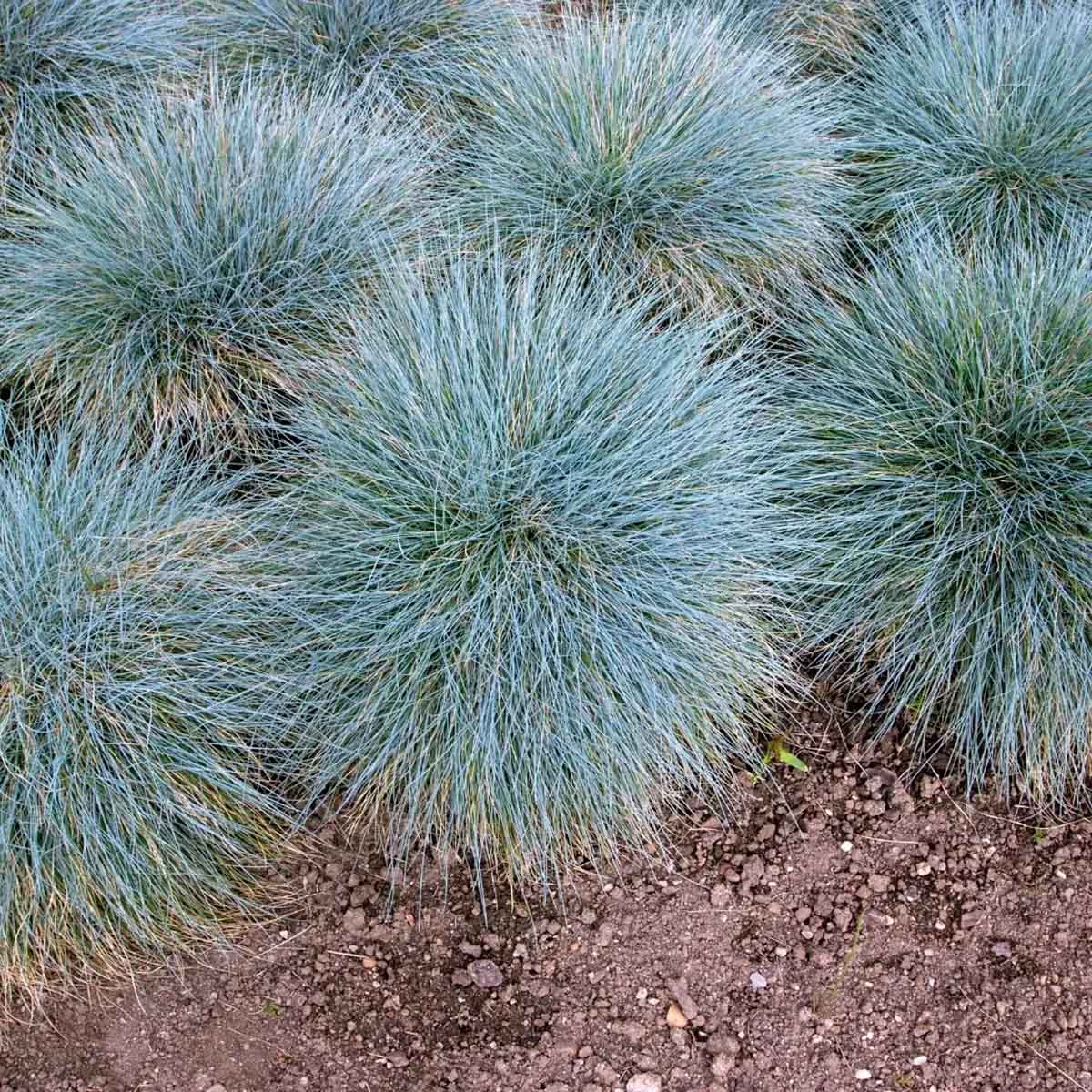
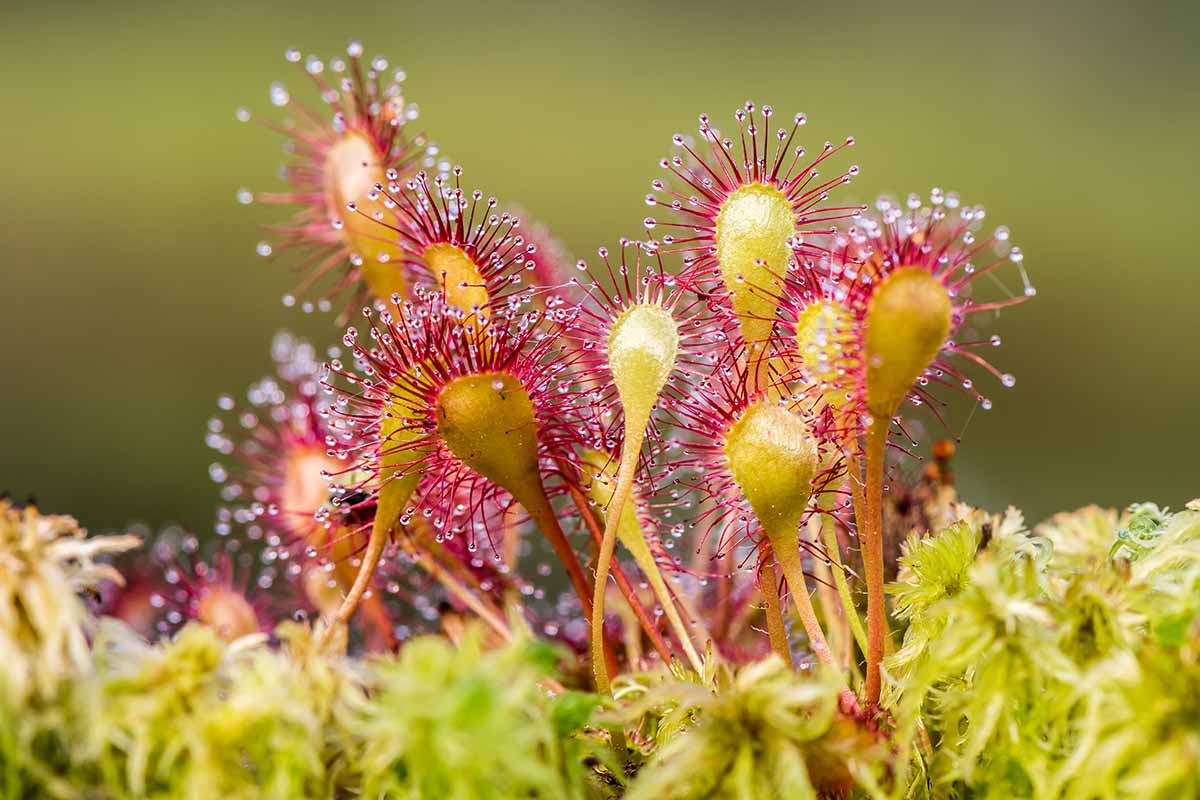
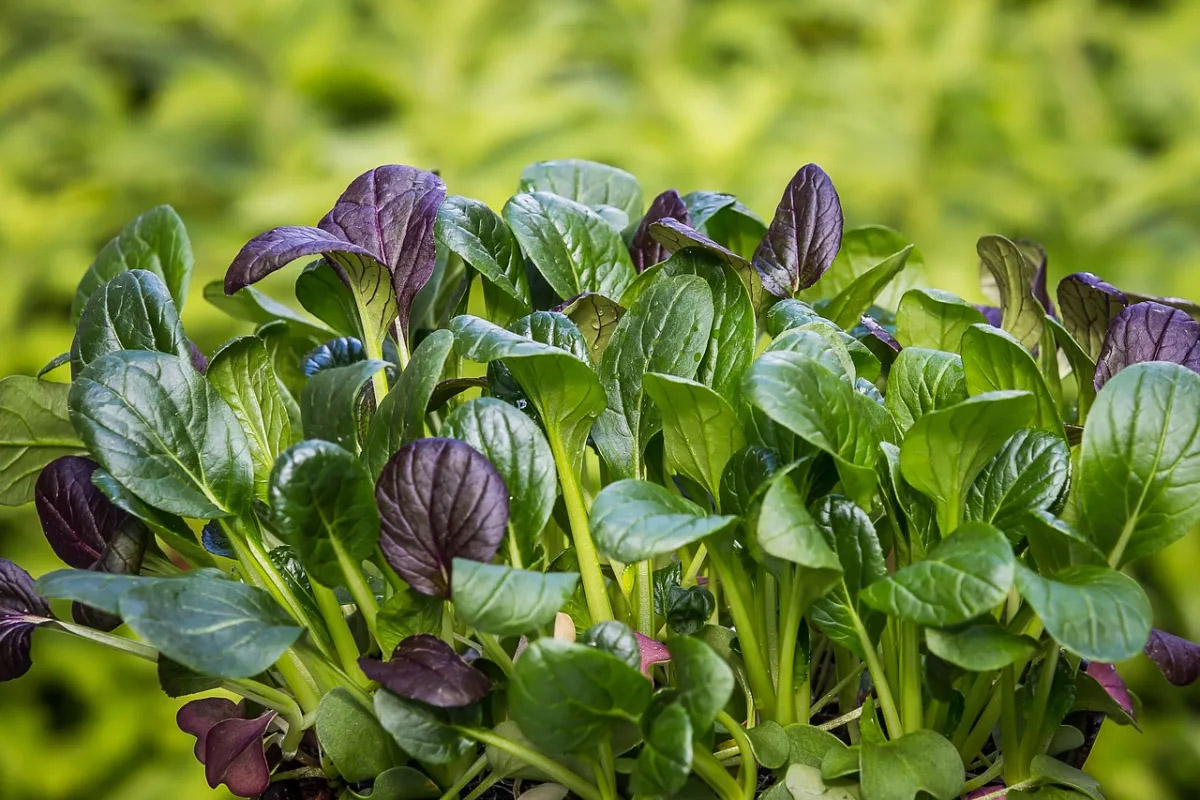
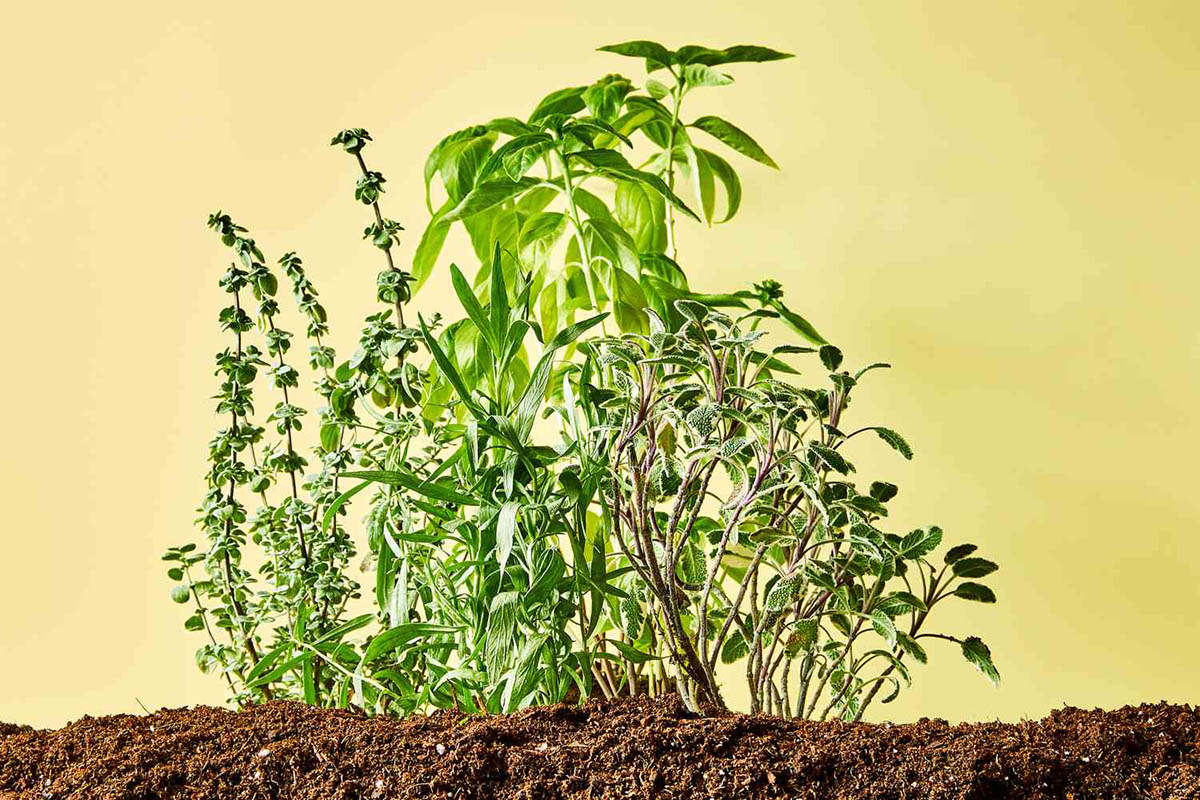
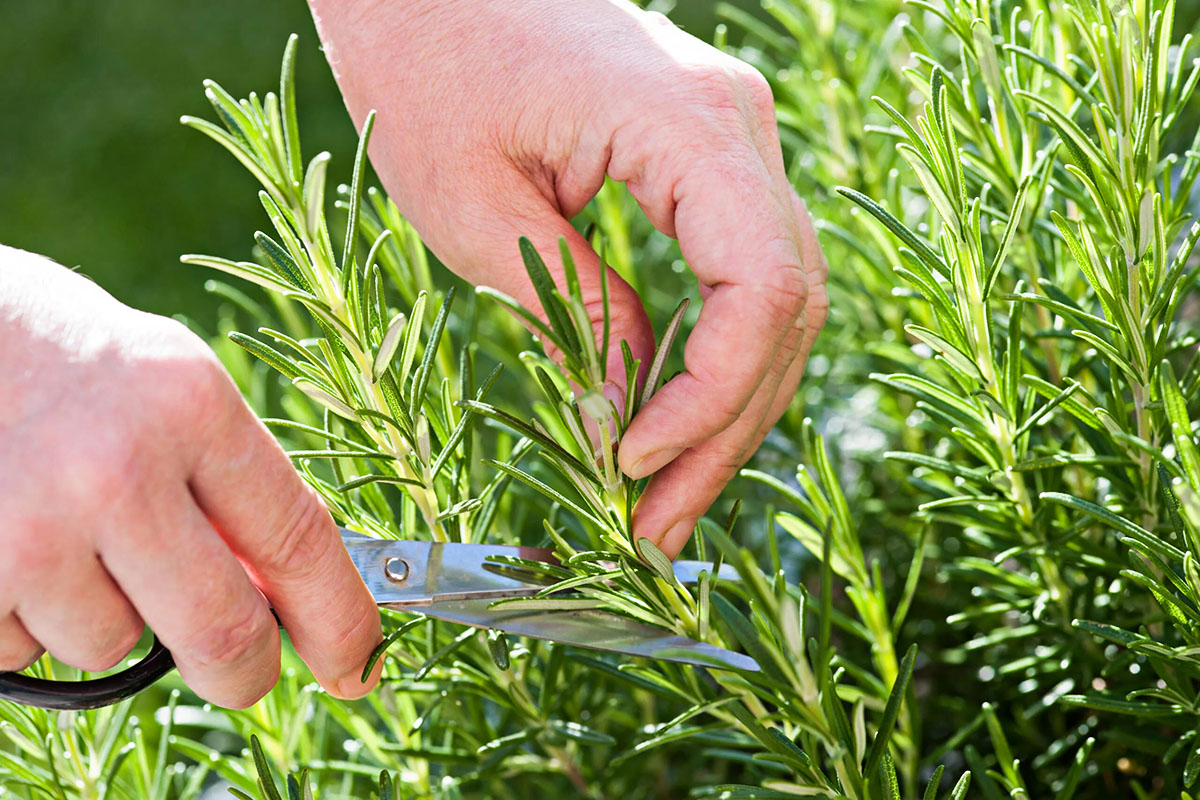
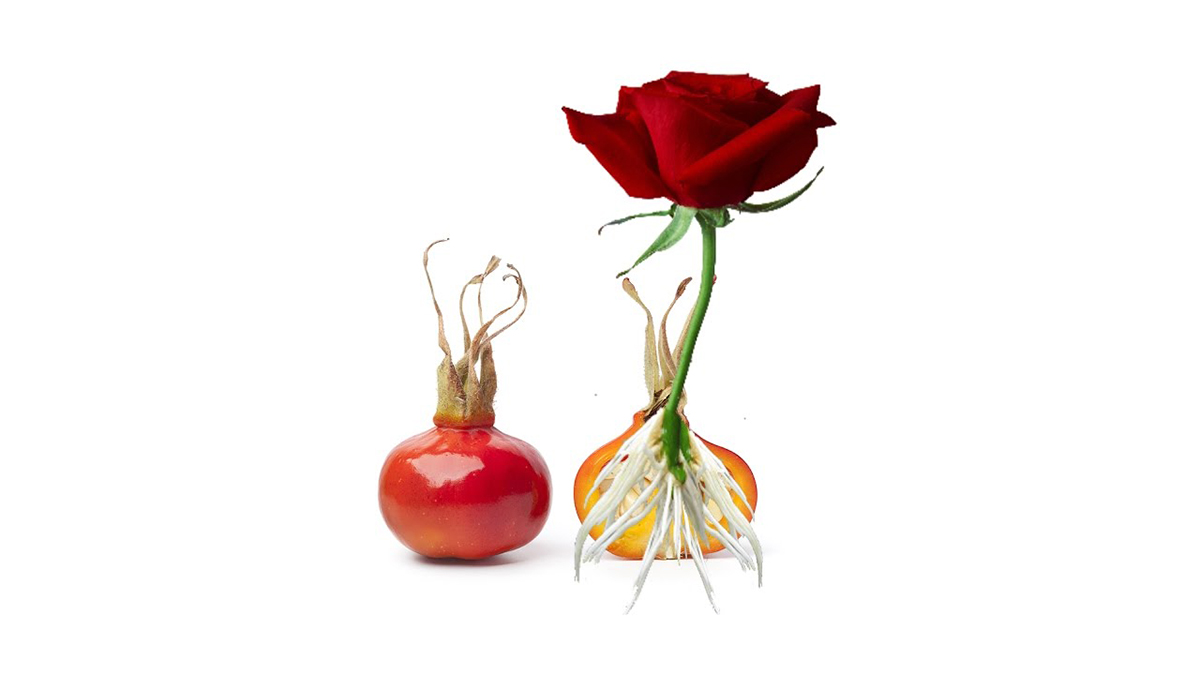
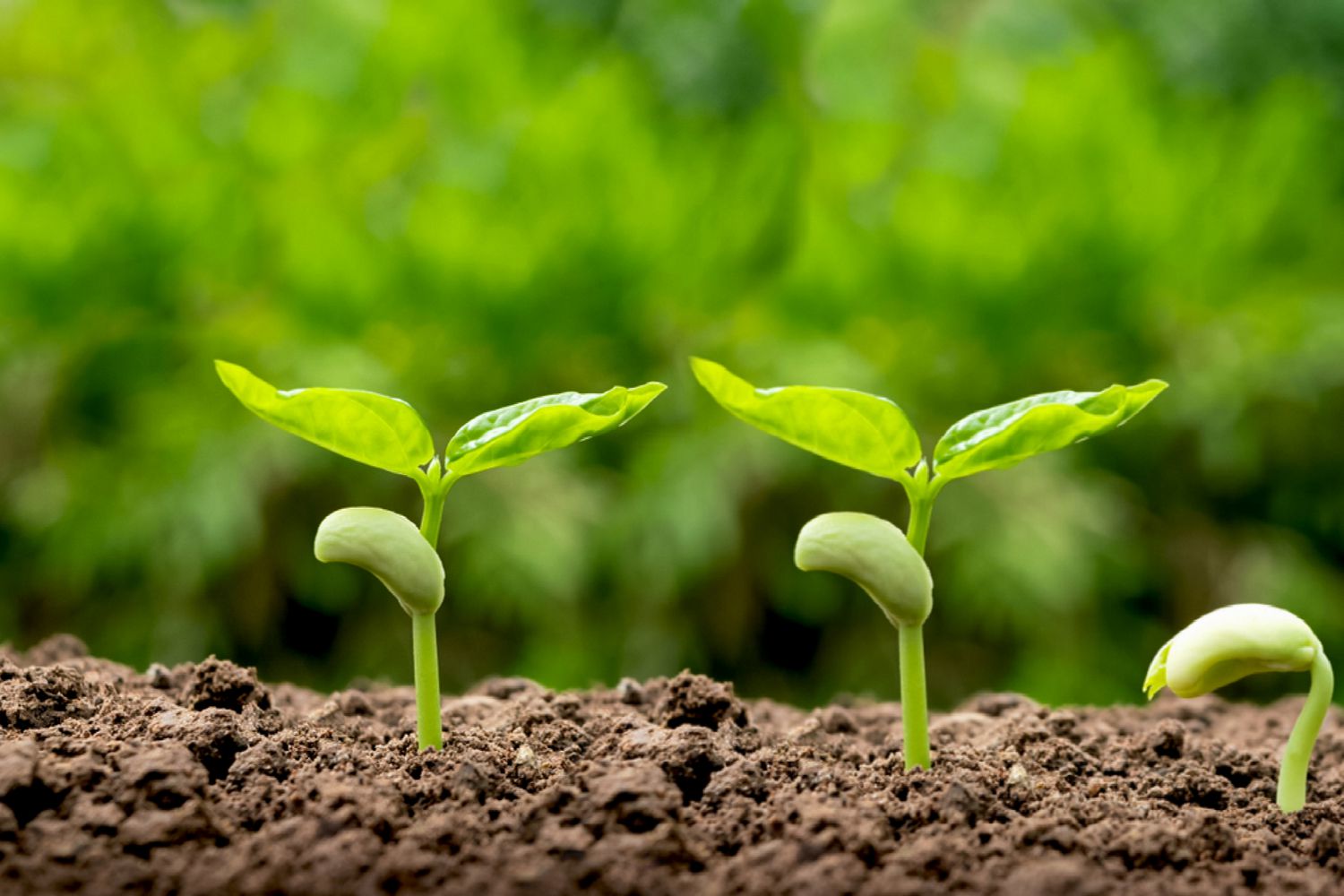
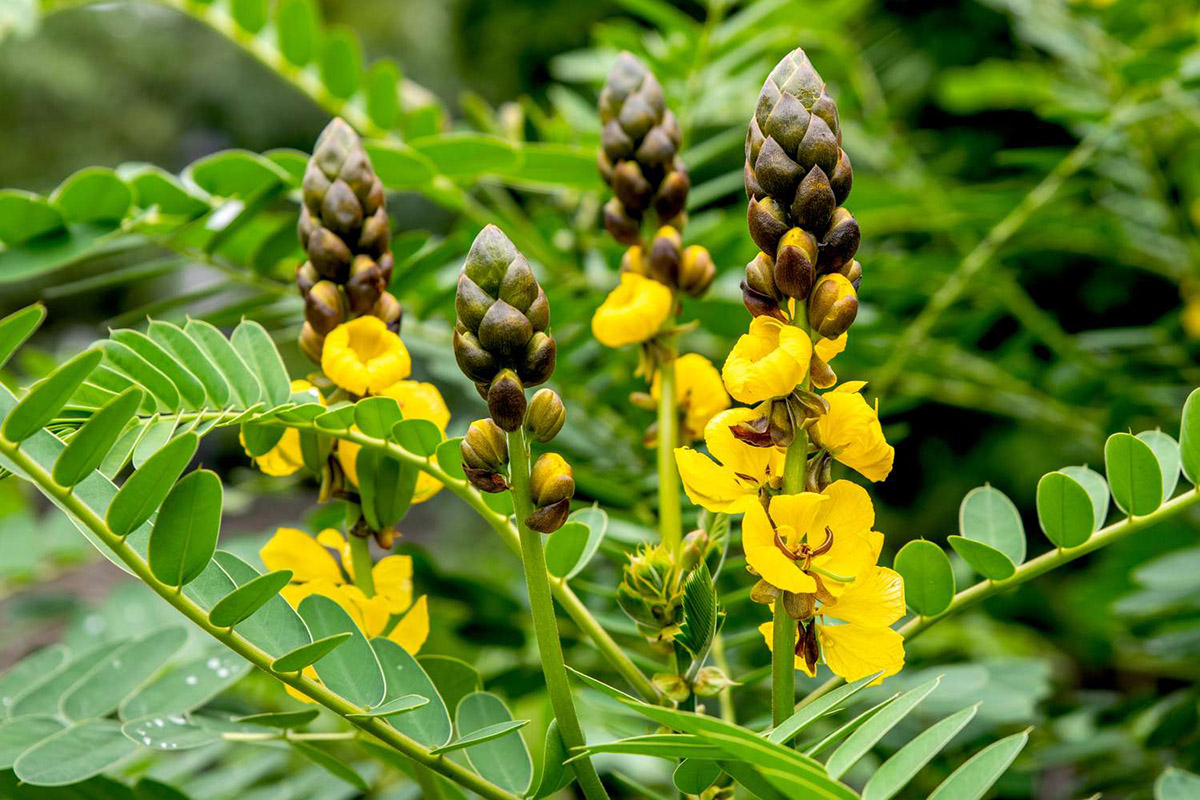

0 thoughts on “How Long Does It Take For Dahlia Bulbs To Germinate In Pots”